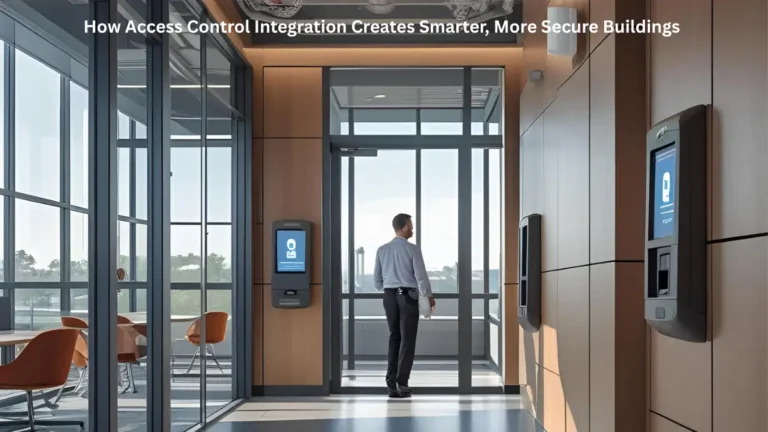Patient flow hassles in healthcare institutions can generate bottlenecks and impact medical services. Furthermore, it will harm the reputation as well as the clientele. Hospitals must now focus more on simplifying services due to the increasing demand caused by the COVID-19 epidemic. Customer flow, this is to ensure that predicted treatment outcomes are met, patients are satisfied, and visitors flow is improved.
On the other hand, patient flow optimization is challenging. Also, the chances are that some facilities may not have the necessary resources or budgets in place. Here, failing to provide the best care possible can impact operational efficiency. Thus, putting patients at a safety risk.
Hence, the need is to combine the actionable tips and techniques to create good experiences, improve safety, and increase revenue. Besides, investing in a hospital queue system has also become a necessity.
Ways to Improve Patient Flow in Healthcare Industry
Prioritize Appointment Scheduling
Prioritizing bookings is obvious. Keeping the patients notified about the procedures and doctor’s availability is essential. If such information is not available on both ends: staff and patients, waiting times will increase. Also, the queues will become messier, making the visitors annoyed and dissatisfied.
Here, integrating a hospital queue system can be the key. It will help to schedule the booking online, and avoid overbooking, thus making the facility less crowded. Furthermore, you can consider the exam rooms as per the staff and the doctors that they can handle.
Also, a queuing system communicates the medical care needs and provides smooth transitions. Besides, it helps to keep the patients connected with the right service providers at the right time and with the right resources.
Even patient experiences show that when healthcare organizations’ goals and processes are aligned, they run more effectively.
Integrate Digital Signage
Of course, it is challenging for many visitors to find the right path in a large hospital. Here, integrating digital signage is essential. This will ensure the patients and staff are led clearly. Considering hospital queue systems with digital wayfinding features also comes beneficial. It can navigate patients via the app without any need to allocate staff for directing purposes.
People will visit the hospitals only when their turn will come, reducing the stress of standing in queues or finding the right counters to be served. Also, there will be fewer occurrences of missed appointments.
Optimize Experiences to Increase Patient Flow
Without a doubt, customer experiences play a vital role in business success. Talking about the advantages of patient experience in the healthcare niche, it focuses on the given below:
- Easily retain the existing patients that acquire the new ones.
- The service loyalty increases, thereby increasing the chances of retaining patients in the long run.
However, people look for recommendations and word-of-mouth when it comes to medical assistance. Hence, the hospitals must follow the below-given practices.
- Incorporate hospital queue software for patient flow management.
- Lower patient wait times with online queue system.
- Deliver an excellent visitor experience by providing the QMS benefits.
- Achieve satisfied clients and growth in patient inflow with positive word-of-mouth.
Boost Up Services That Support Patient Care
The staff members that are not associated with the clinical services impact the patient inflow the most. The reason is they interact with the hospital visitors more than anyone else. They are responsible for housekeeping, transportation, administering, and billing tasks.Hence, management must focus on evaluating the ways to boost staff efficacy and speed.

Some efficiency-boosting practices involve:
Invest in Staff Training: The staff members at the hospital need regular training to keep performing at their best. It will boost employee trust, keep them engaged, and raise motivation. Training will additionally enhance the skills, delivering patient satisfaction.
Allocate the Right Staff: When medical facilities decide to hire new staff, they prefer choosing those who prioritize patient satisfaction. Hence, employ suitable staff who have the right expertise in delivering excellent services.
Data Analytics for Better Decision-Making
The queue management system in hospitals not only helps to manage crowds, long queues, and reduces wait times. It helps to gather data on patient experiences with the clinics or hospitals. There are walk-aways, service delays, and much more. Here, gathering all such data including the number of patients in queues, all help to reduce the hassles and increase patient inflow.
The hospital queue system makes it possible to conduct surveys and collect feedback to make better judgments and satisfactorily serve patients.
Summing Up
To conclude, healthcare facilities all around the globe have been facing challenges amid COVID-19 emergence. Furthermore, post-pandemic has made it increasingly vital to find the solutions to overcome inefficiencies and patient dissatisfaction.
During their visits to the hospital, patients demand the finest possible care and safety. Staff should also feel confident that they have the necessary technology and resources to provide the best possible treatment to patients.
Overall, put the needs and expectations of the patient first. Concentrate on reducing long lines. Allows for remote check-ins as well as an online queue. All around, hospitals should invest in a queue management system to improve walk-in experiences and increase patient flow.
Hope these tips seem helpful to you!!
Thanks for Reading!!
Read more: How Artificial Intelligence is Transforming the Future of Healthcare Industry




